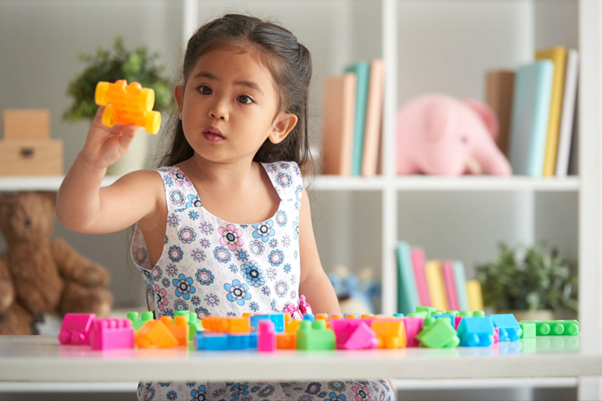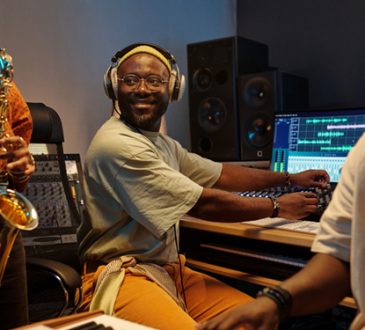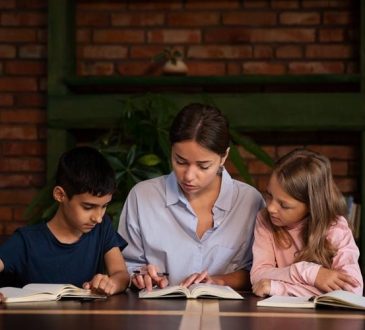
Parents in Singapore are seeking ways to give their children an advantage in early education. Bilingual learning has become a priority, and many families are turning to Chinese preschool models for a strong foundation in Mandarin alongside English. Kindergartens in Singapore are responding by creating bilingual environments where language and culture blend naturally into daily lessons. These programmes are not just building communication skills but also preparing children for long-term success in an interconnected world.
Growing Interest in Bilingual Education
Parents are prioritising bilingual skills from an early stage. Demand for a kindergarten in Singapore offering bilingual models is rising as families see the value of giving children strong exposure to Mandarin while maintaining English fluency. Chinese preschool models are gaining traction because they provide structured immersion, allowing children to interact naturally in both languages throughout the day.
Educators are designing lesson plans that weave language learning into daily routines instead of limiting Mandarin to specific hours. Children are engaging in singing, reading, and role-play conducted in Mandarin, while still receiving English instruction in core subjects. The balance is ensuring that language development happens smoothly without affecting progress in other academic areas. Parents are recognising the benefits of such programmes as children are developing confidence in communication while gaining a deeper appreciation of cultural traditions.
Integration of Cultural Learning in Chinese Preschools
Chinese preschool models are extending beyond language instruction to cover cultural elements. Festivals, stories, and art activities are integrated into the curriculum, helping children connect language with lived experiences. In a kindergarten in Singapore that adopts this model, cultural immersion complements academic goals, making lessons memorable and engaging.
Children are learning calligraphy, reciting rhymes, and participating in plays that highlight Chinese folklore. Teachers are encouraging active participation to ensure children practise vocabulary in context. Exposure to customs and traditions also promotes respect for cultural diversity, which aligns with Singapore’s broader multicultural environment. The outcome is not only improved fluency but also stronger identity building. Families are supporting this direction because it equips children with practical skills while nurturing cultural sensitivity.
Structured Curriculum for Balanced Development
Bilingual preschool models rely on structured frameworks. A Chinese preschool follows clear lesson plans that allocate time for language immersion while balancing numeracy, science, and creative activities. A kindergarten in Singapore applying this approach ensures children progress academically while developing language competence.
Teachers are using interactive teaching methods such as storytelling, group discussions, and guided play. Classroom environments are designed with bilingual resources, including books, posters, and labels that reinforce vocabulary. Assessment strategies are used to monitor progress in both languages to help teachers adjust methods based on individual needs. Parents are staying informed about development milestones, creating consistency between home and school learning. The structured yet flexible model is producing measurable results, with children showing steady improvement in literacy, comprehension, and confidence.
Preparing Children for Primary School Transition
Early bilingual exposure is preparing children for the demands of Singapore’s primary school curriculum. English remains a core language, but Mandarin is a compulsory subject. A kindergarten in Singapore adopting bilingual preschool models helps ease the transition by ensuring children enter primary school with strong foundations.
Children who have attended Chinese preschool programmes are showing readiness in handling dual-language instructions. Their ability to switch between English and Mandarin provides them with advantages in literacy and comprehension tasks. Teachers in primary schools are noting that these children adapt faster to classroom requirements, demonstrating better listening and speaking abilities. Parents value the early exposure because it reduces pressure during later years when academic demands increase. Bilingual preschool education is thus serving as a stepping stone towards long-term academic success.
Parents looking to give their children a strong start with bilingual education can consider a Chinese preschool in Singapore that integrates language and cultural learning effectively. Schedule a tour at Orange Tree Preschool today to explore programmes designed to build lasting foundations in both English and Mandarin.



